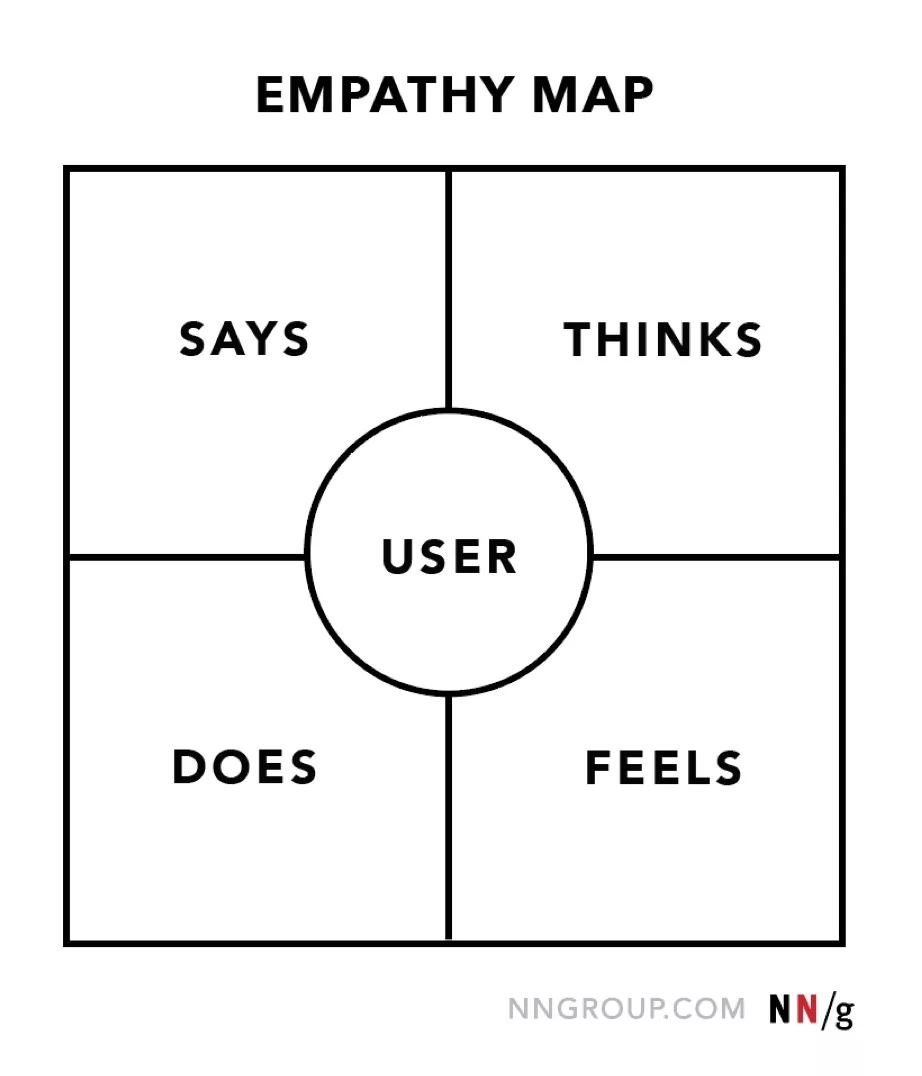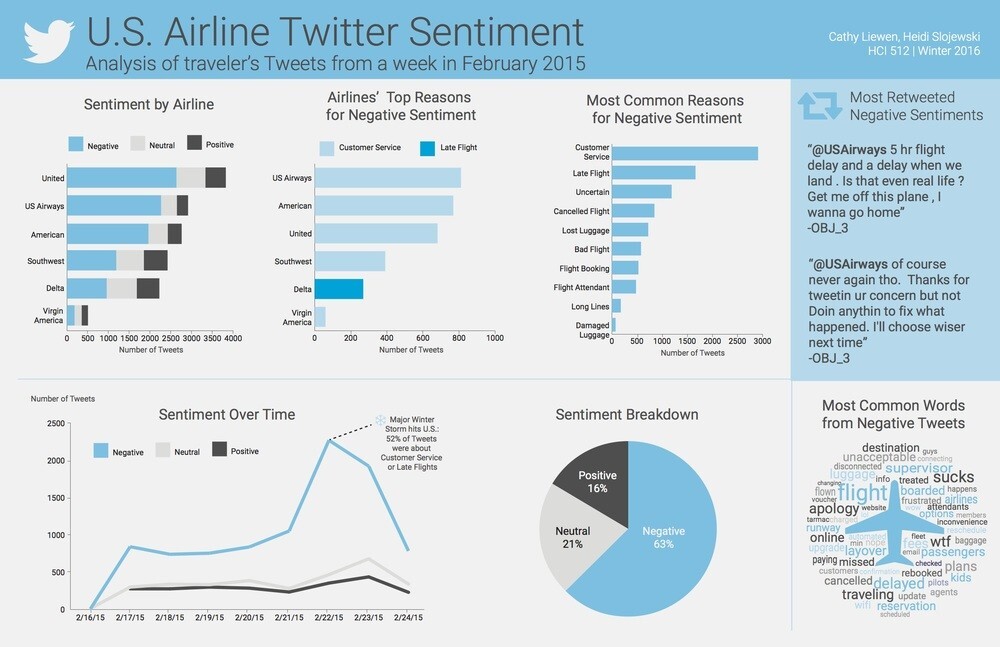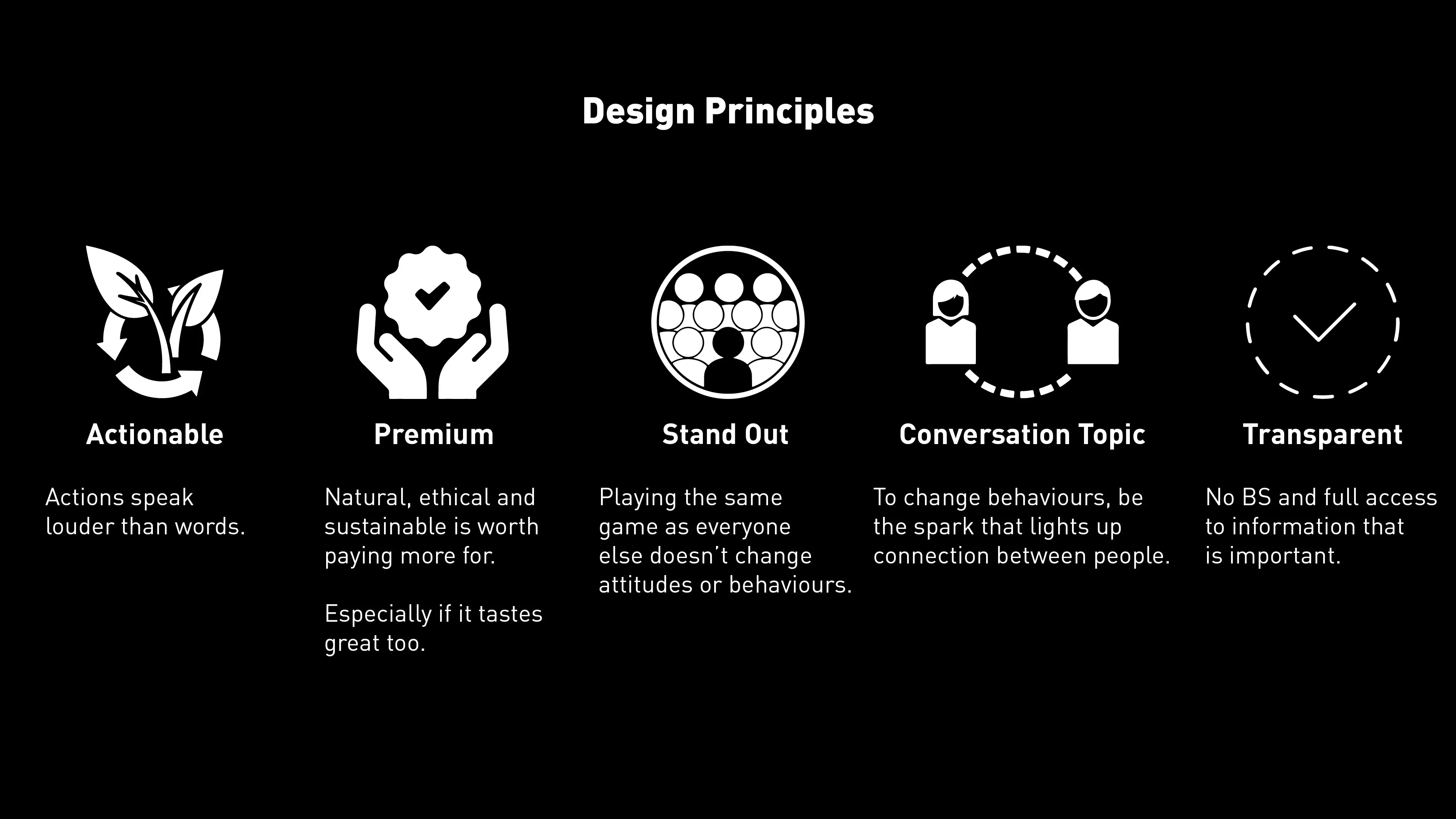Methods for Synthesizing User Research
12 design thinking methodologies for translating design research into actionable products that help you generate ideas that produce value for a target audience.
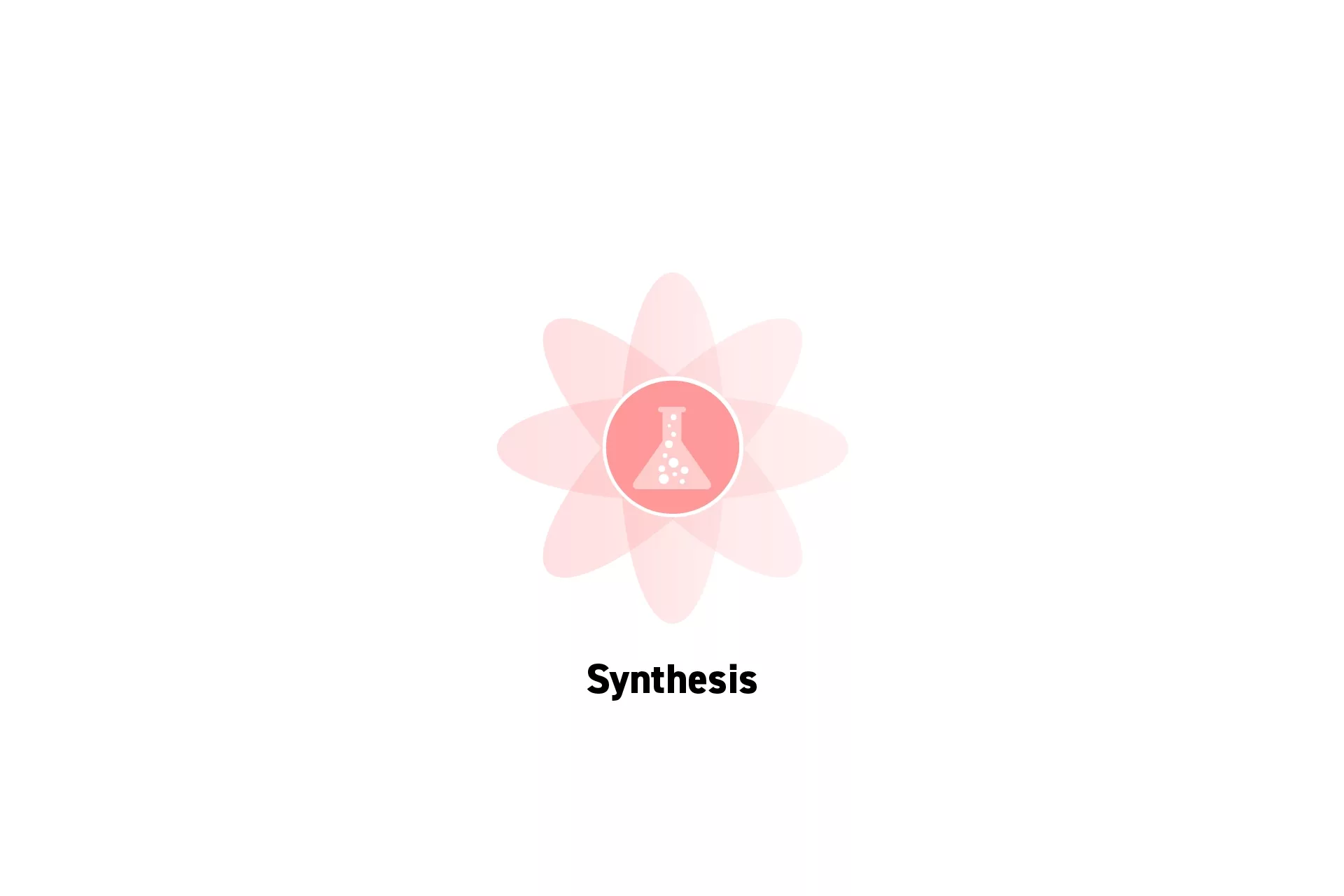
12 design thinking methodologies for translating design research into actionable products that help you generate ideas that produce value for a target audience.
SubscribeWhat is Synthesis in Research?Individuals and organizations will use the on-going or past research to draw insights and conclusions to demonstrate a point or hypothesis on the creation.
The process of aggregating, or combining, this research into digestible products is known as Synthesis and popular industry mechanisms are described below.
1/ Affinity Maps
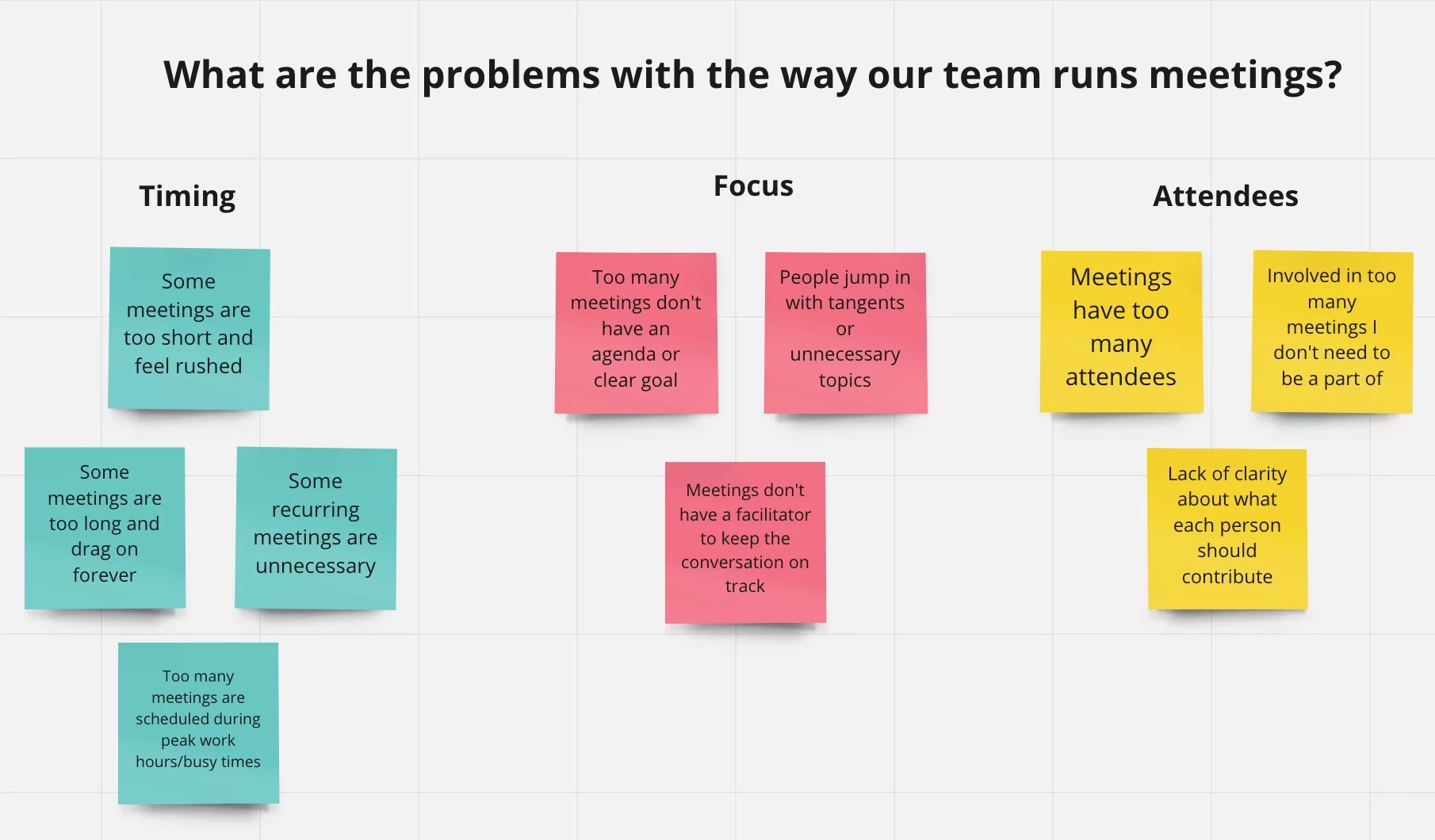
An example of an Affinity Diagram
An Affinity Diagram, also known as an Affinity Map or Affinity Chart, is a visual tool that allows you to organize information from a brainstorming session into sections, groups or categories.
2/ User Persona
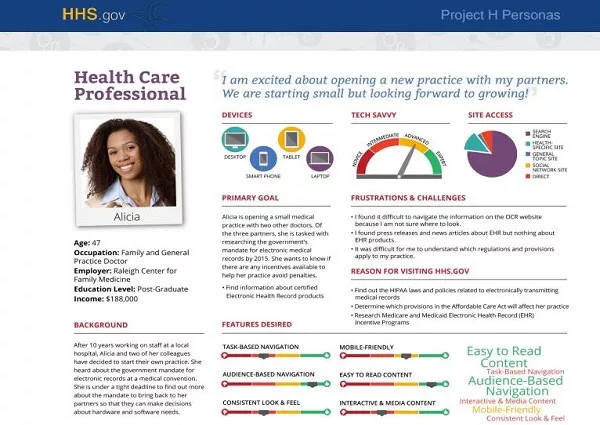
Provided by Kathryn Messner, Usability.gov Program Manager at HHS
A persona is a profile that describes the lifestyle, behavior, needs, wants, goals and background of a member of your target audience.
3/ User Journey Map
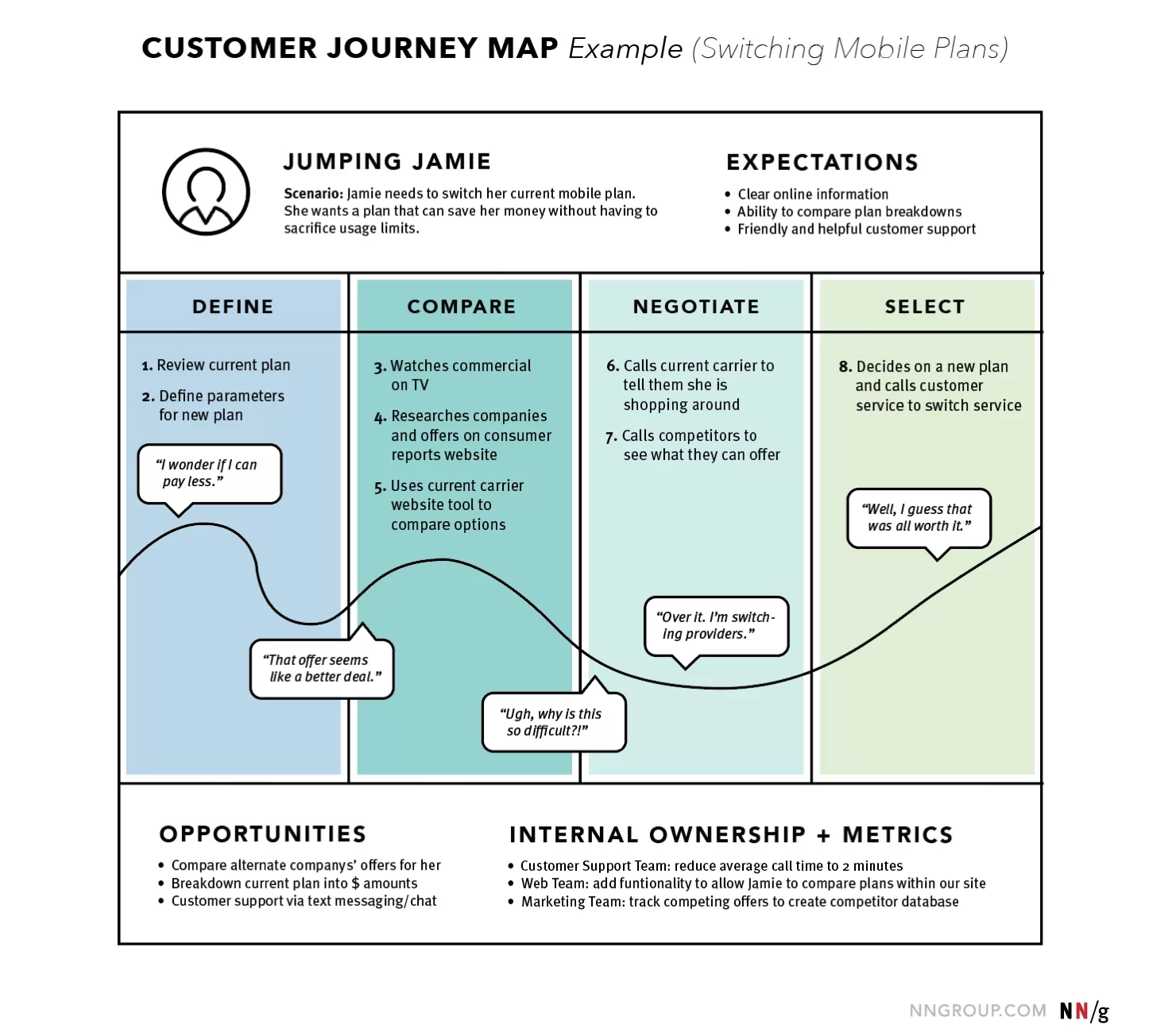
An example of a simplistic, high-level customer-journey map depicting how the persona “Jumping Jamie” switches her mobile plan by the Nielsen Norman Group.
A user journey map is a visualization of the process that a person goes through and the emotions that they feel when using a product, service or experience.
4/ What is a Service Blueprint?
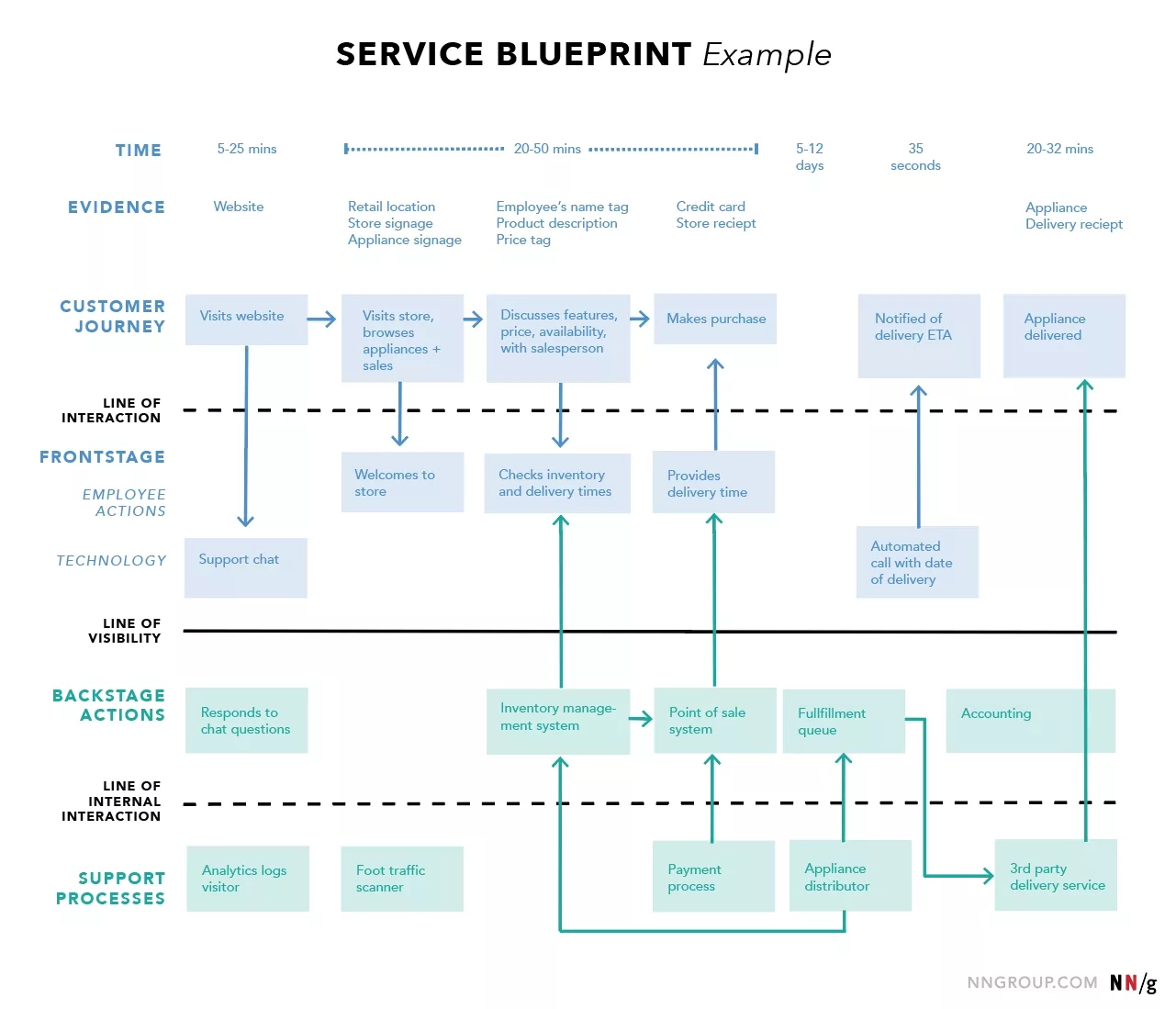
An example blueprint for an appliance retailer by the Nielsen Norman Group.
A diagram that illustrates all the relationships, components and processes that enable a service to provide value to a customer.
5/ Empathy Map
A holistic visualization of a user's attitudes and behaviors towards a product, service or experience.
6/ Sentiment Analysis
Sentiment analysis, which is also known as emotional analysis, is the process of analyzing text, audio and video to determine how your target audience feels about a product, service or experience.
7/ Insights
Insight are research-driven, succinctly articulated statements that describe a dilemma, pain point or motivation that is faced by a target audience.
8/ How Might We's
A design thinking methodology that frames your challenges as "How Might We" ("HMW") questions to generate intentional, thoughtful and focused solutions.
9/ Design Principles
A set of reminders, considerations or directional statements that serve as a guide to make sure companies, individuals and teams stay on track whilst creating a product, service or experience.
10/ Business Model Canvas
A 2-minute overview of the Business Model Canvas, a tool for visionaries, game changers, and challengers.
A strategic management and entrepreneurial tool for documenting existing or developing new business models.
11/ Value Proposition Canvas
A tool for companies and individuals to tie products and services to the gains and pain points of a target audience.
12/ Value Proposition Statement
A statement that conveys what a business does and how it's different to its competitors.
Looking to learn more about Research and Strategy?
Search our blog to find educational content on research and strategy.
